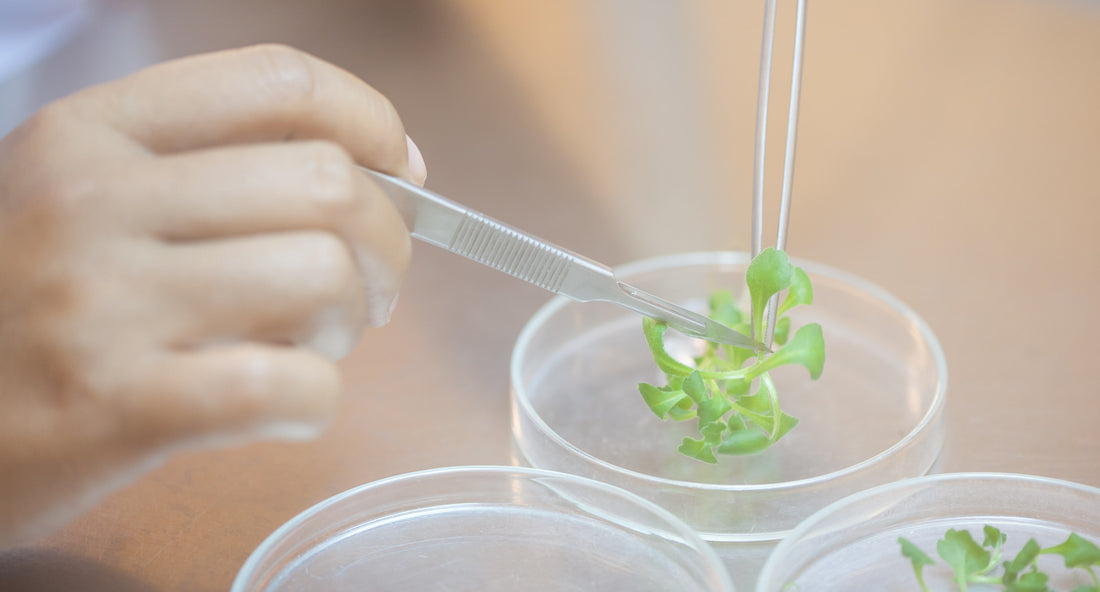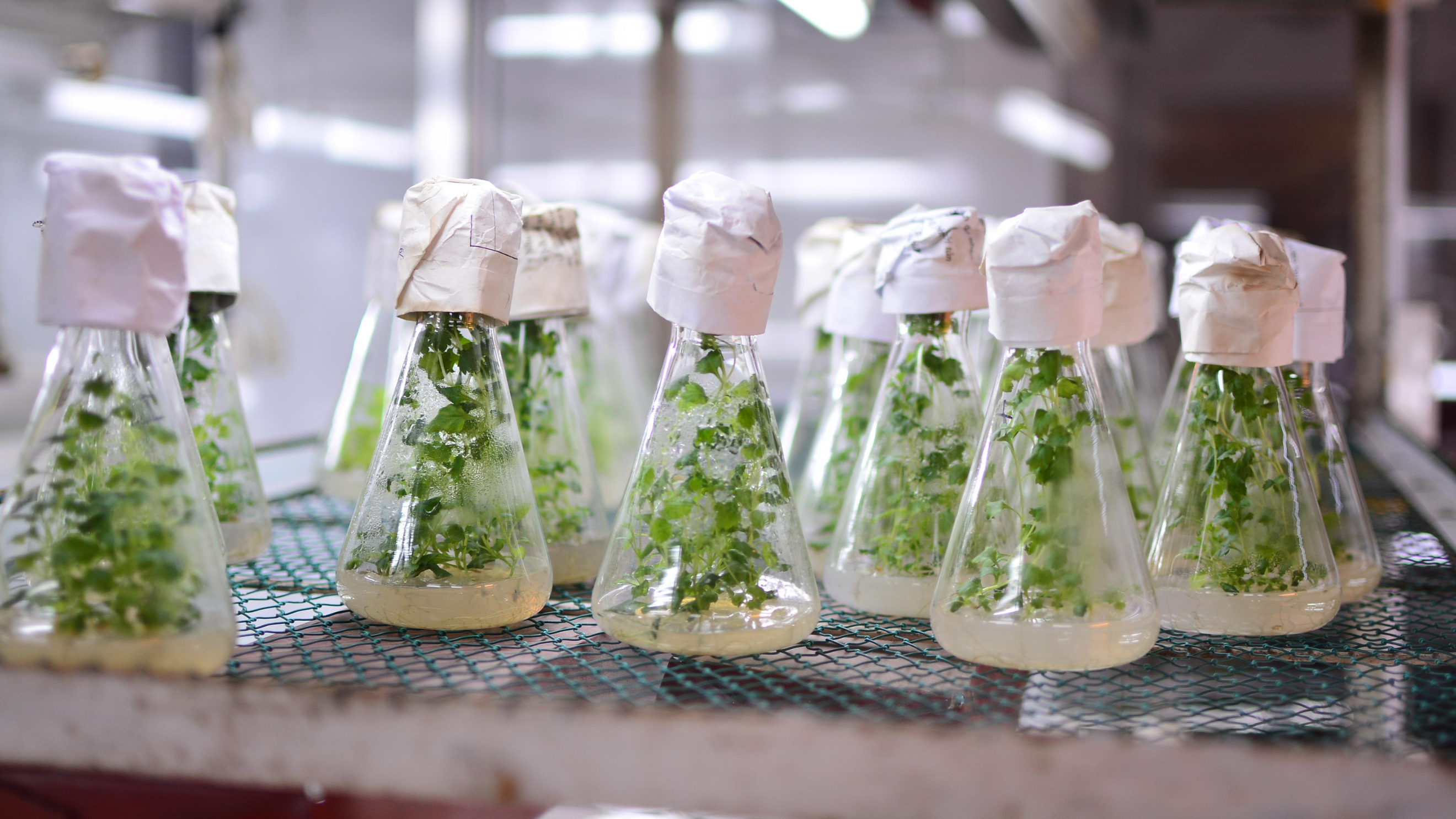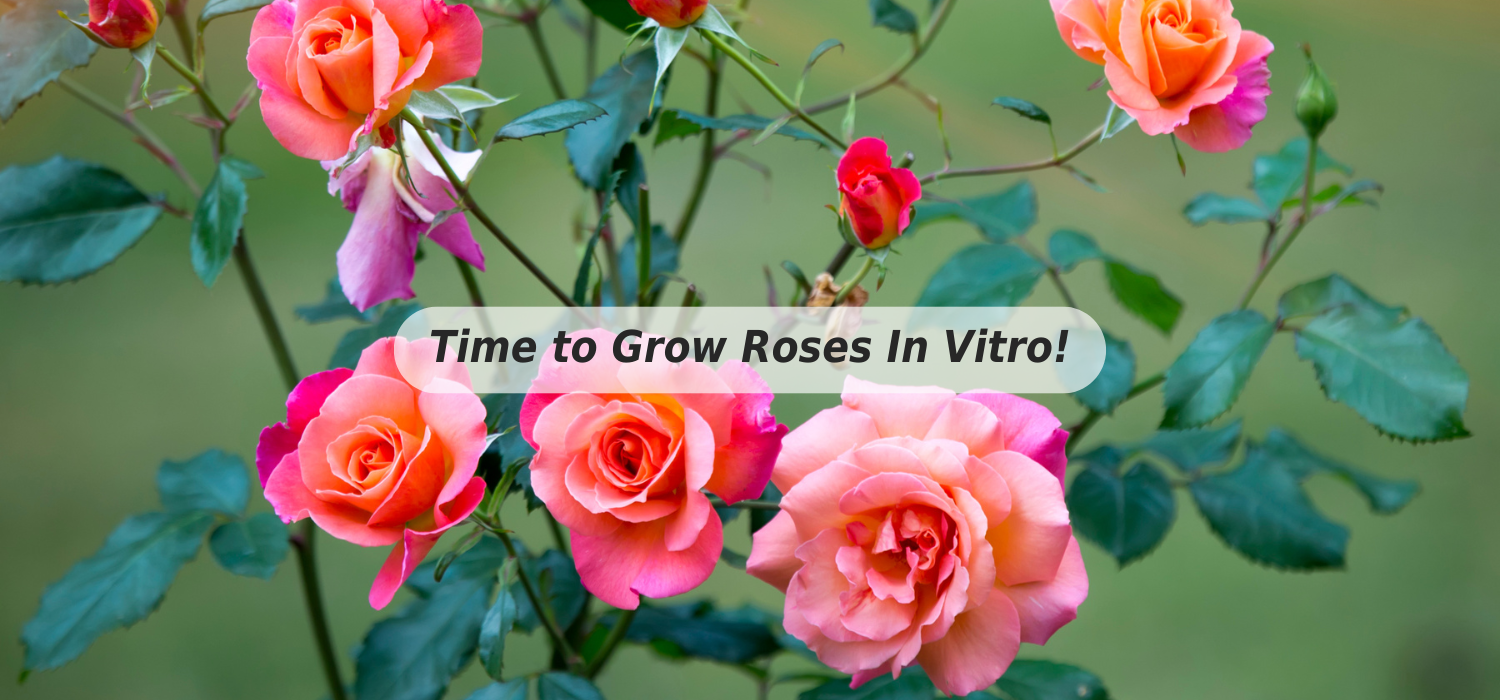
Aseptic Techniques for Tissue Culture Experimentation
As a content and community manager, I leverage my expertise in plant biotechnology, passion for tissue culture, and writing skills to create compelling articles, simplifying intricate scientific concepts, and address your inquiries. As a dedicated science communicator, I strive to spark curiosity and foster a love for science in my audience.


Contamination of cultures is the central problem facing tissue culture experiments and all we want to do is provide you with an all-round defense for your cultures.
You must know, the contaminants can invade your culture by various means: your hands, your working area, the media you use, your culture room, your equipment, etc. However, are you aware of the "aseptic techniques" you should use to avoid contamination from all these means?
This article will present a brief of all aseptic techniques, such as dry heat, wet heat, ultrafiltration, chemical sterilization, antibiotics, and PPM™. It will also explain how these techniques are used in tissue culture labs (with simple precautions) to create a protective environment for your cultures.
1. Dry Heat
This method is used to sterilize the glassware, metal instruments, and any equipment that can tolerate high temperatures.
Don’t use this technique to sterilize cotton, paper, or plastic objects, surgical blades (high temperatures dull the cutting edge), and scalpels.
Drying ovens can be used for this purpose. However, all the equipment should be carefully wrapped in heavy-grade aluminum foil before putting it in the oven. The optimal holding temperature required for sterilization is 45 minutes for 160 ℃, 18 minutes for 170 ℃, and 7.5 minutes for 180 ℃.
It takes the oven approximately 1 hour to reach the optimal temperature of sterilization.
2. Wet Heat
This technique is used to sterilize paper products, glassware, and liquid substances. An autoclave is used for this purpose. Before autoclaving, the equipment should be carefully wrapped in un-waxed paper.
Normally, the materials are sterilized at a temperature of 121 ℃ and pressure of 15 lb/square-inch for 15 minutes (for the volume of 50 cubic cm). The sterilization time increases with the volume of liquid to be autoclaved; higher volumes require higher temperatures.
After sterilization, the pressure should be allowed to come to the atmospheric level because rapid decompression can cause the liquid to boil out of the vessel. Moreover, avoid prolonged autoclaving of equipment, as it can cause the decomposition of chemicals in the media.
If an autoclave is not available, then a home pressure cooker can also be used for this purpose.
3. Ultrafiltration
In this method, a small volume of the chemical is passed through a membrane filtration unit attached to a graduated syringe which sterilizes the substance. It is used to sterilize the media.
It works on the principle of reverse osmosis, in which hydrostatic pressure is used to force the water through a semipermeable membrane.
Why are chemicals sterilized by this method?
Some components of the media are unstable at higher temperatures. So, this method sterilizes the media without degrading or initiating any reaction between its components.
Various membrane filters (with varying pore sizes) are available for the ultrafiltration, such as Millex filters, nucleopore filters (disposable), Fluoropore filters, and Durapore membrane filters. However, the Durapore filters (made from fluorocarbon polymer) are recommended for the tissue culture process.
Why is the Durapore membrane filter recommended?
This is because of the pore size (0.4 µm-0.22 µm) and the absence of impregnated surfactants in the membrane filter. Normally, 0.22 µm diameter of the pore is recommended to filter out all microorganisms from the media.
4. Chemical sterilization
Chemical sterilization is done by using ethanol or isopropanol (70 % v/v). It is used to sterilize the instruments and work area.
Surface sterilization of the plant material is done using sodium hypochlorite or calcium hypochlorite. Some labs prefer bleach that contains 5.25 % sodium hypochlorite, which should be diluted in water in a 1:9 ratio before use. Here, 9 parts of water are taken for dilution. After bleaching, the material should be frequently rinsed in several changes of double-distilled water. This is done to remove all the traces of surfactants.
The plant parts, which contain cutin or suberin, are surface-sterilized using a small amount of detergent, like Tween80 to hypochlorite solution. However, bleaching can not protect cultures from endogenous microbes.
5. Antibiotics
Antibiotics are generally not preferred in plant tissue culture because they lower the growth rate of the explants and can inhibit all kinds of microorganisms. Additionally, antibiotics are not a sustainable protection as your plants will develop resistant strains. However, gentamicin can be used in some rare cases (in the concentration range 50-100 µg).
6. PPM (plant preservative Mixture)
If not antibiotics, then what!?
Well, PPM™ is the best choice for your tissue culture experiments. It is a broad-spectrum biocide that is generally used in the concentration of up to 5 % v/v (the concentration differs from plant to plant).
Why PPM™?
PPM™ protects the culture from every kind of microbial contamination, whether airborne, waterborne, endogenous, or human contact. It is proven effective for most seed-bearing plants (angiosperm and gymnosperm). However, it is not recommended for use in ferns, mosses, and algae.
It can be autoclaved with tissue culture media, as it is heat stable and has no growth inhibiting effects on the plant cultures.
If you want to know whether you can use it for in-vitro culturing of your plant or what concentration is suitable for your plant, visit “How people are using PPM” on our website. There, you can find stories of how people have been using PPM™, for which plant, and what concentration range worked for them.
If you have any other queries regarding the use or shipment of PPM™, contact PCT and your issues will be addressed and solved by a member of our team!
References
- Dodds H. J. and Roberts W. L. (1985). Experiments in Plant Tissue Culture, second edition. Cambridge University Press, NY.
- https://www.plantcelltechnology.com/about-ppm/
Blog Categories
View by Level
Popular Blogs

The Future of Plant Cloning: What’s Next in Tissue Culture Innovation?
Introduction Plant cloning is the process of producing genetically identical copies of a parent plant. This results in offspring that...
Read More
Rose Micropropagation: A Comprehensive Overview
Introduction Valentine’s Day just passed—did you gift a rose to your loved ones? Roses have long been cherished for their...
Read MoreSubscribe to Our Newsletter








Join the conversation
Your email address will not be published. Required fields are marked